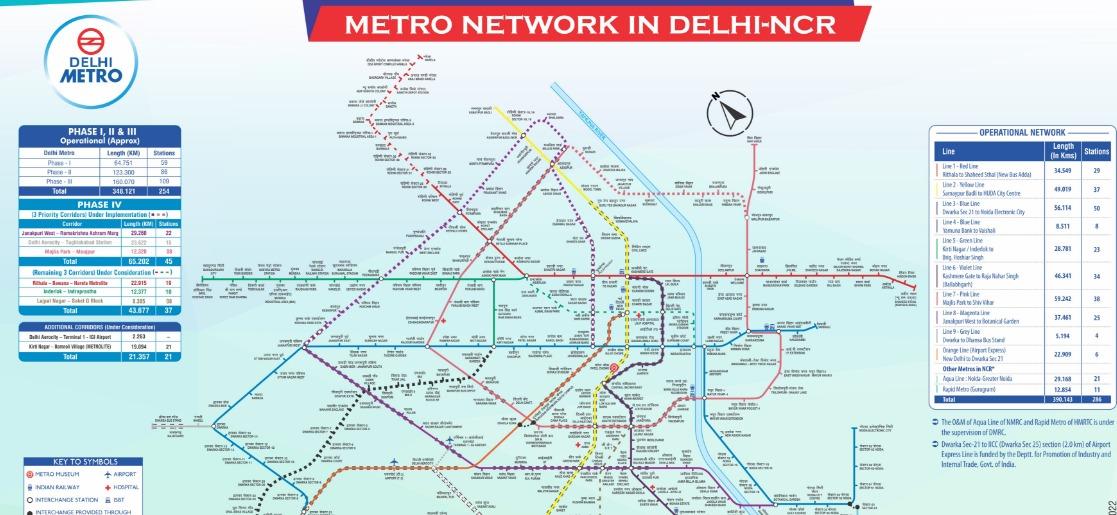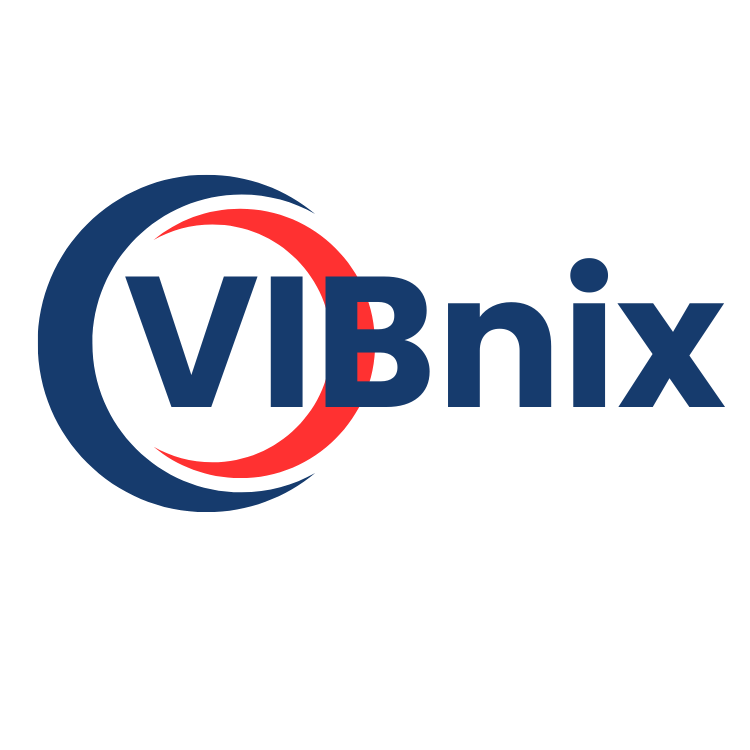Delhi Metro Blue Line 2025: Comprehensive Guide to Stations, Routes, Maps, and Timings

The Delhi Metro Blue Line 2025 stands as a vital component of the city's transportation network, connecting key areas across Delhi, Noida, and Ghaziabad. This guide provides an in-depth look at the Blue Line's stations, routes, maps, and timings, offering commuters and travelers essential information for their journeys.
Overview of the Delhi Metro Blue Line 2025
The Delhi Metro Blue Line, comprising Line 3 and Line 4, extends from Dwarka Sector 21 to Noida Electronic City and from Yamuna Bank to Vaishali. This extensive network facilitates seamless travel across various parts of Delhi and its neighboring regions.
Key Features of the Delhi Metro Blue Line
-
Dual Branches: The Blue Line operates two branches: one from Dwarka Sector 21 to Noida Electronic City and another from Yamuna Bank to Vaishali.
-
Diverse Station Layouts: The line features elevated, underground, and at-grade stations, accommodating the city's diverse topography.
-
Strategic Connectivity: It connects major residential, commercial, and industrial hubs, enhancing accessibility and reducing travel time.
Detailed Route and Station Information
Main Line: Dwarka Sector 21 to Noida Electronic City
The main line traverses through significant areas, including Rajouri Garden, Karol Bagh, Connaught Place, and Akshardham, before reaching Noida Electronic City. This route serves as a backbone for daily commuters and visitors alike.
Branch Line: Yamuna Bank to Vaishali
The branch line extends from Yamuna Bank to Vaishali, passing through key stations such as Laxmi Nagar, Nirman Vihar, and Anand Vihar. This segment caters to the eastern parts of Delhi and Ghaziabad.
Station List and Interchanges
The Blue Line encompasses over 50 stations, with several interchange points facilitating transfers to other metro lines:
-
Botanical Garden: Interchange with the Magenta Line.
-
Rajiv Chowk: Interchange with the Yellow Line.
-
Mandi House: Interchange with the Violet Line.
-
Mayur Vihar – I: Interchange with the Pink Line.
-
Kirti Nagar: Interchange with the Green Line.
-
Janakpuri West: Interchange with the Magenta Line.
-
Dwarka Sector 21: Interchange with the Airport Express Line.
-
Anand Vihar: Interchange with the Pink Line.
Operational Timings and Train Frequency
The Delhi Metro Blue Line operates from early morning to late evening, ensuring convenience for commuters.
-
First Train: 5:30 AM
-
Last Train: 11:15 PM
Train frequency varies based on the time of day and the segment of the line.
-
Dwarka Sector 21 to Dwarka: High-frequency intervals ensure smooth travel.
-
Dwarka to Yamuna Bank: Trains arrive frequently during peak and non-peak hours.
-
Yamuna Bank to Electronic City/Vaishali: Service frequency adjusts to commuter volume and time.
Impact on Urban Mobility
The Blue Line enhances urban mobility by:
-
Reducing Traffic Congestion: A reliable alternative to road transport helps ease traffic on major roads.
-
Promoting Eco-Friendly Travel: Public transport contributes to environmental sustainability.
-
Boosting Property Values: Locations near Blue Line stations attract real estate investment.
Future Developments of the Blue Line
The Delhi Metro Rail Corporation (DMRC) continues to strengthen the Blue Line through various initiatives.
-
Station Upgrades: Smart ticketing, better signage, and improved passenger facilities will enrich commuter experience.
-
Route Expansion Plans: New links to upcoming localities aim to meet rising demand.
-
Green Metro Goals: Solar energy usage and efficient systems reduce carbon footprint.
Accessibility and Inclusivity of Delhi Metro Blue Line 2025
The Blue Line places strong emphasis on accessibility.
-
Barrier-Free Access: Elevators, ramps, and tactile paths support individuals with special needs.
-
Announcements and Displays: Visual and audio aids guide passengers efficiently.
-
Staff Assistance: Trained personnel remain available at all major stations to help travelers.
Tourist Hotspots Along the Blue Line
Commuters reach several tourist attractions conveniently using the Blue Line.
-
Connaught Place: A commercial and cultural hub.
-
Akshardham Temple: A landmark destination showcasing Indian heritage.
-
Rajouri Garden: A bustling shopping and food locale.
-
Noida Sector 18: Popular for entertainment and shopping.
Role in Economic and Regional Integration
The Blue Line promotes economic growth and regional integration.
-
Supports Workforce Commute: Easy travel to business zones supports employment and productivity.
-
Links Suburbs to Core Areas: Ensures balanced development across the region.
-
Boosts Local Businesses: Enhanced footfall near stations helps retail and service sectors.
Safety Measures on the Blue Line
The DMRC enforces comprehensive safety protocols to protect passengers.
-
CCTV Surveillance: Monitoring systems cover trains and stations.
-
Emergency Communication: Help buttons and quick-response teams stand ready.
-
Regular Inspections: Continuous maintenance ensures system integrity.
Environmental Benefits of the Blue Line
The Delhi Metro Blue Line 2025 contributes to sustainability.
-
Less Fuel Consumption: A shift from cars to metro lowers fossil fuel dependence.
-
Clean Energy Use: Emphasis on renewable sources reduces pollution.
-
Awareness Campaigns: Public initiatives promote eco-conscious travel habits.
Conclusion
The Delhi Metro Blue Line 2025 continues to serve as a crucial artery in the city's transportation network, offering efficient and reliable service to millions. Its ongoing developments promise to further enhance connectivity and commuter experience across the region.
For more information or assistance, feel free to contact us.
Frequently Asked Questions
1. What are the starting and ending stations of the Blue Line?
The Blue Line runs from Dwarka Sector 21 to Noida Electronic City and from Yamuna Bank to Vaishali.
2. What are the peak hours for the Blue Line?
Peak hours typically fall between 8:00 AM–11:00 AM and 5:00 PM–8:00 PM on weekdays.
3. Can I switch to the Airport Express Line from the Blue Line?
Yes, you can change at Dwarka Sector 21 to access the Airport Express Line.
4. Are there metro stations on the Blue Line that connect to railway stations?
Yes, Anand Vihar and New Delhi stations on the Blue Line connect with Indian Railways terminals.
5. Is the Blue Line operational on public holidays?
Yes, trains operate daily, including weekends and public holidays.
6. Is there a mobile app for Blue Line updates?
Yes, the DMRC app provides live updates, route maps, and fare calculators.
7. Are there elevators and escalators at all Blue Line stations?
Most major stations have both elevators and escalators for accessibility.
8. Can I carry luggage or bags on the metro?
Small luggage is allowed. Oversized items are restricted during peak hours.
9. What should I do in case of an emergency on the train?
Use the emergency intercom or contact the nearest station staff immediately.
10. Is Wi-Fi available on Blue Line trains or stations?
Wi-Fi is available at selected stations, with plans to expand the service.
- Vibnix Blog
- Politics
- News
- Liberia News
- Entertainment
- Technology
- Educaţie
- Art
- Causes
- Crafts
- Dance
- Drinks
- Film
- Fitness
- Food
- Jocuri
- Gardening
- Health
- Home
- Literature
- Music
- Networking
- Alte
- Party
- Religion
- Shopping
- Sports
- Theater
- Wellness


